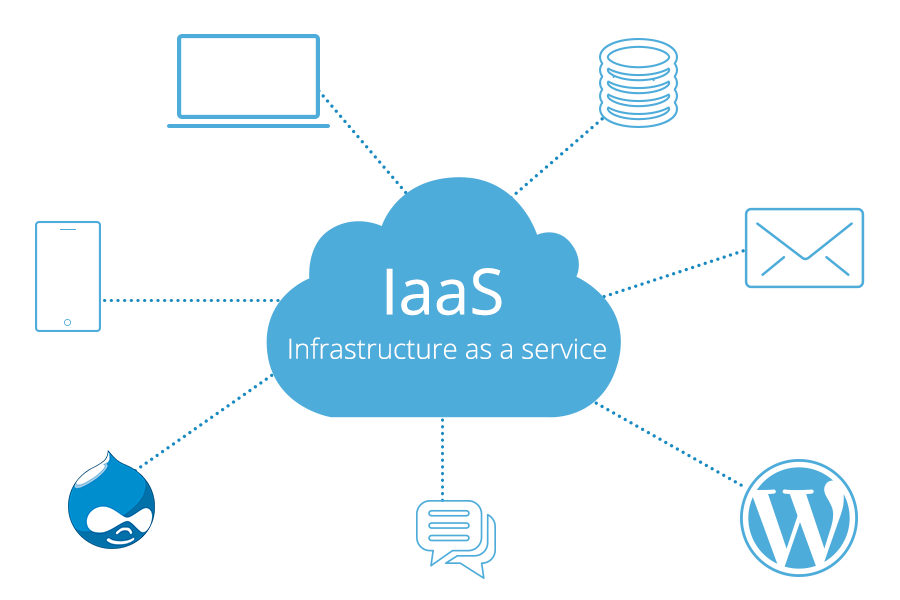- WordPress ❮
-
WordPress Hosting
AI-Powered
Create your website in minutes
-
WooCommerce Hosting
Perfect for E-Commerce businesses
-
WordPress Hosting
AI-Powered
- Hosting ❮
-
Web Hosting
70% OFF
For new and small business websites
-
Cloud Hosting
Free Trial
Best for rapidly growing websites
-
Reseller Hosting
Perfect for reselling hosting services
-
Website Builder
AI-Powered
Build WordPress website or an online store
-
Web Hosting
70% OFF
- VPS & Dedicated ❮
-
VPS Hosting
30% OFF
For more power and control
-
Windows VPS
Windows VPS made easy!
-
Dedicated Hosting
For customized server configurations
-
VPS Hosting
30% OFF
- Domain
- Google Workspace
- Log in







